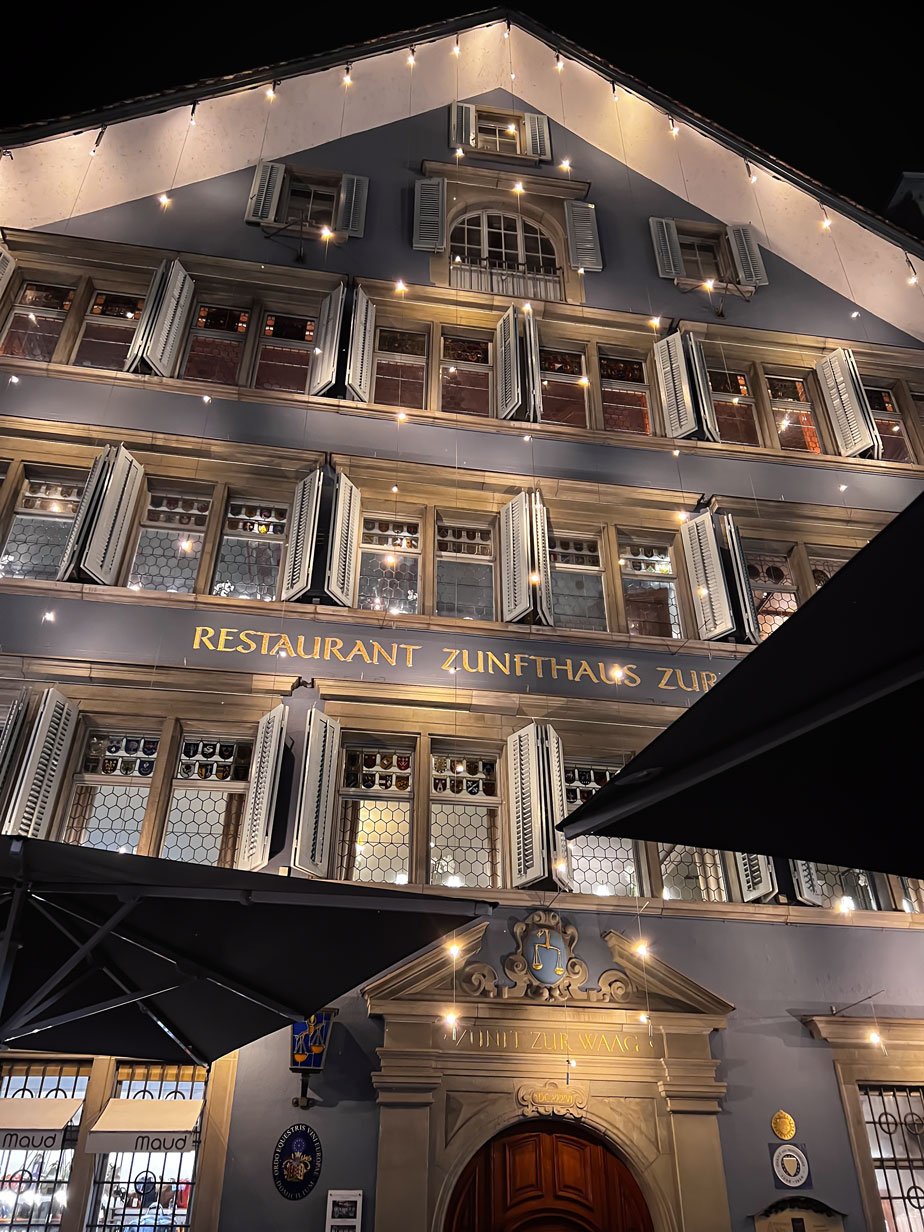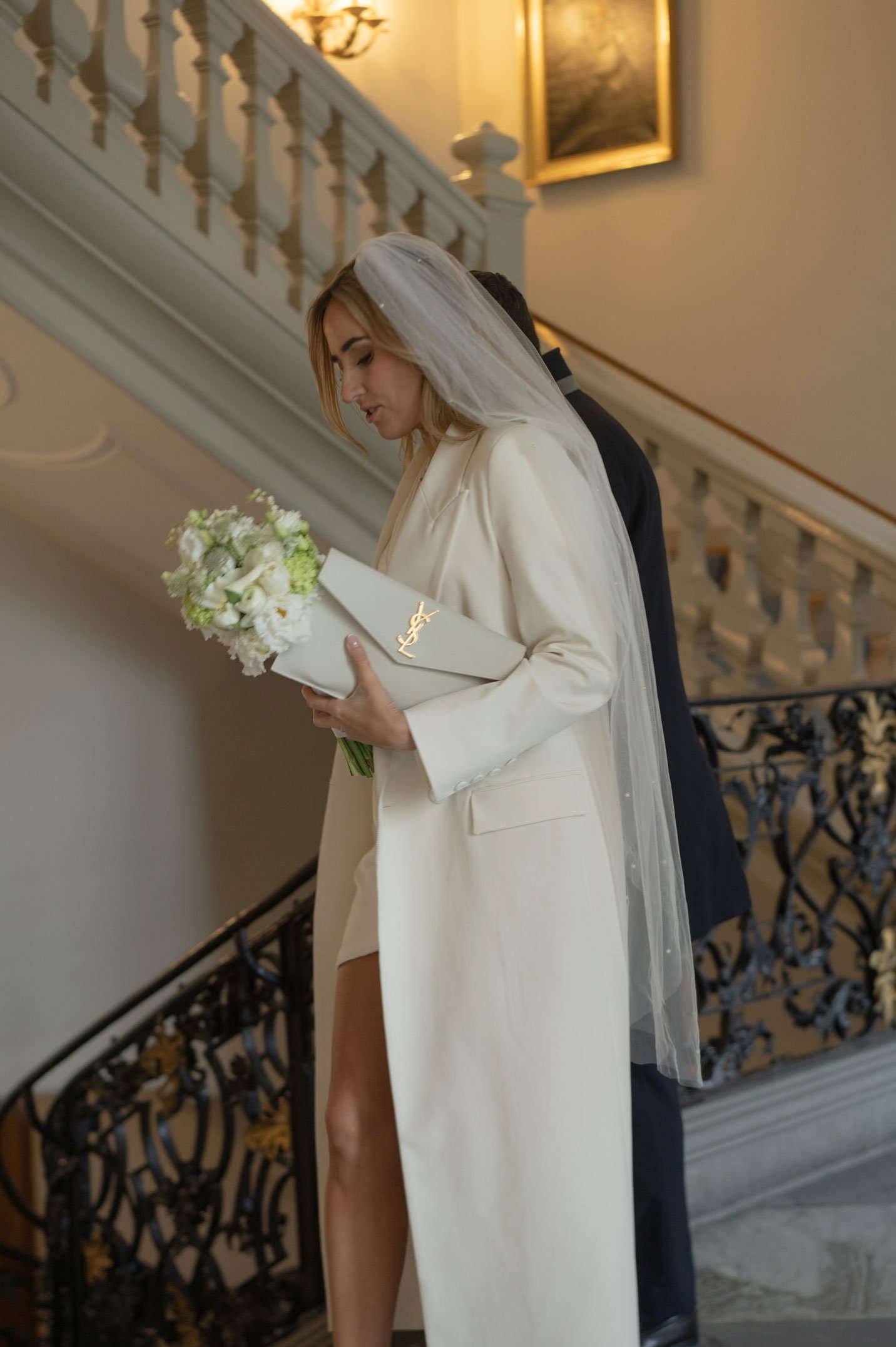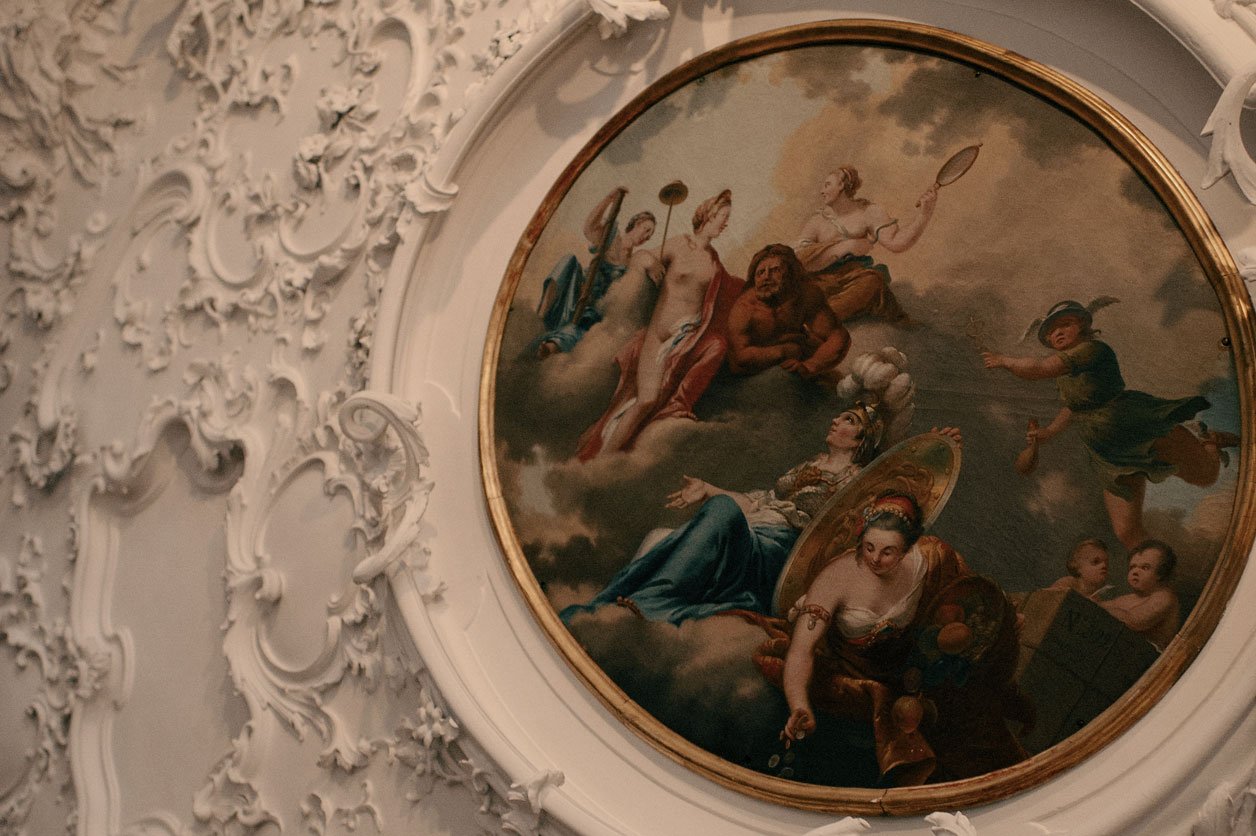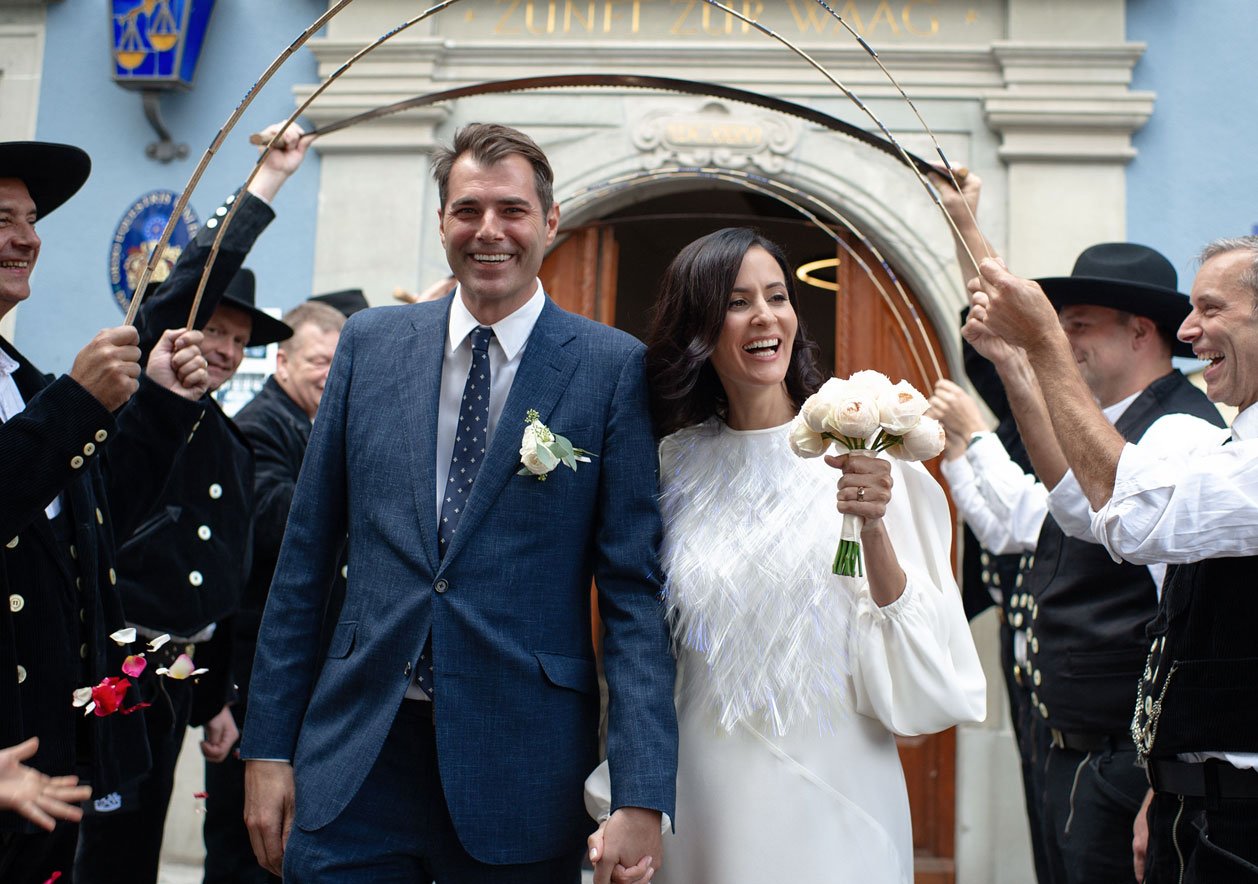If you are looking for some one-of-a-kind wedding venue in Zurich and would like to say "I do" in unique Swiss style and create memories that will last a lifetime, I would recommend to consider the picturesque “Guild houses" that hold a significant place in the city's rich tapestry of history and culture. Getting married in one of these guild houses not only offers stunning visuals but also adds a touch of historical significance to the wedding celebration. The houses, known for their architectural splendor and rich cultural background, have served as the cornerstone of Zurich's social life for centuries. This historical context will make the wedding more special and memorable compared to traditional civil registration offices as the “Zunfthauses” stand as testaments to Zurich's rich heritage and its ability to blend the historical with the modern.
These buildings were originally established as headquarters for the various guilds that played important roles in Zurich's social, economic, and political life, particularly during the Middle Ages and the early modern period. Guilds were associations of tradesmen and craftsmen organized by profession, and they exerted considerable influence over trade practices, quality standards, and training of apprentices, as well as participating in the governance of the city. Zurich's guilds were instrumental in shaping the city's development. They were not just economic entities but also social and political ones. Each guild was responsible for a specific trade or group of related trades, and membership was essential for anyone wishing to practice a trade in the city. The guilds ensured the quality of goods and services, regulated prices, and looked after their members' welfare. They also played a significant role in Zurich's civic affairs, with guild members holding various positions of power within the city government.
Each guild had its own guild house, known as a "Zunfthaus" in German, which served as the central meeting point for its members. These buildings were often grandly designed and richly decorated, reflecting the wealth and status of the guild. They hosted meetings, banquets, and other social events, serving as key venues for networking and decision-making among the city's elite.
The grandeur of the Zunfthaus zur Meisen, with its opulent Baroque architecture and breathtaking interior décor, provides an ideal backdrop for the wedding ceremony in Zurich. Built in 1757, the building is considered one of the most beautiful guild houses in Zurich. Its design features a small cour d’honneur and a stately facade that captures the architectural sophistication of its time. Inside, the Zunfthaus zur Meisen boasts exquisite Baroque stucco ceilings, creating an atmosphere of opulence and grandeur. It also houses tiled tower stoves by Leonhard Locher and Hans Jakob Hofmann, as well as frescoes by Johann Balthasar Bullinger, adding to its artistic and historical value. Historically, the Zunfthaus zur Meisen served as a meeting place for the Meisen guild, which included vintners, tavern owners, saddlers, and painters. Today, the Zunfthaus zur Meisen is home to one of the Swiss National Museum's six branches, dedicated to porcelain and ceramics. Beyond its historical and architectural merits, the Zunfthaus zur Meisen serves as an enchanting venue for various events. Its rococo palace ambience makes it an ideal setting for weddings, birthday parties, conferences, and other celebrations. The venue is renowned for its excellent cuisine and service, offering a perfect blend of tradition and elegance for memorable occasions.
The Zunfthaus zur Waage is a historic building that once served as the meeting place for the city's scales guild, which was associated with merchants and tradesmen dealing in goods that needed weighing. Like other historic buildings, the guild house has multiple rooms that can cater to different sizes of wedding parties, from intimate gatherings to larger celebrations.
The Zunfthaus zur Zimmerleuten, located on the Limmat river, has served as the meeting place for the Zimmerleute guild, which represents carpenters and builders, crucial trades in a growing medieval city. The building's facade and interior have been carefully preserved and restored over the years to maintain its historical integrity. It embodies the typical style of Zurich's guild houses, with ornate decorations, historical artifacts, and traditional Swiss architecture, making it a visual landmark in the city. Today, the Zunfthaus zur Zimmerleuten serves multiple purposes. It continues to be a gathering place for the carpenters' guild but has also evolved to accommodate modern uses. The building is often used for events, including corporate functions, cultural gatherings, and private celebrations like weddings. The combination of the most stunning views of the Limmat river and the building's interiors, adorned with woodwork and artifacts, will make the wedding celebration unforgettable.
The Zunfthaus zur Saffran is another one of Zurich's historic guild houses, known for its association with the guild of the same name, which traditionally represented the city's merchants of spices, silks, and other luxury goods, which were highly valued in medieval Europe for their rarity and cost. The guild's members were among the city's wealthiest and most powerful citizens, and their guild house reflects this status. The Zunfthaus zur Saffran is notable for its architectural elegance.
The Haus zum Rüden has served as the meeting place for the Gesellschaft zur Constaffel, one of the historic guilds of Zurich, Switzerland, but it stands out from the other guilds in a few key ways. Unlike the traditional craft or trade guilds that represented specific professions (such as bakers, blacksmiths, or merchants), the Gesellschaft zur Constaffel was more of an association of the nobility and the patrician class of the city. Its members typically included the city's leading families, aristocrats, and other influential figures who played significant roles in the governance and economic life of Zurich. Located on the Limmatquai, the Haus zum Rüden faces the Limmat River and is part of the picturesque setting of Zurich's old town. The building's architecture reflects the Gothic style, common in many of Zurich's medieval structures, but it also incorporates elements from later periods due to renovations and restorations over the centuries.
To celebrate a wedding at one of the Zunfthauses, couples should contact the venue directly for information on availability, pricing, and packages. Early booking is advisable, as historic venues in Zurich are in high demand.








